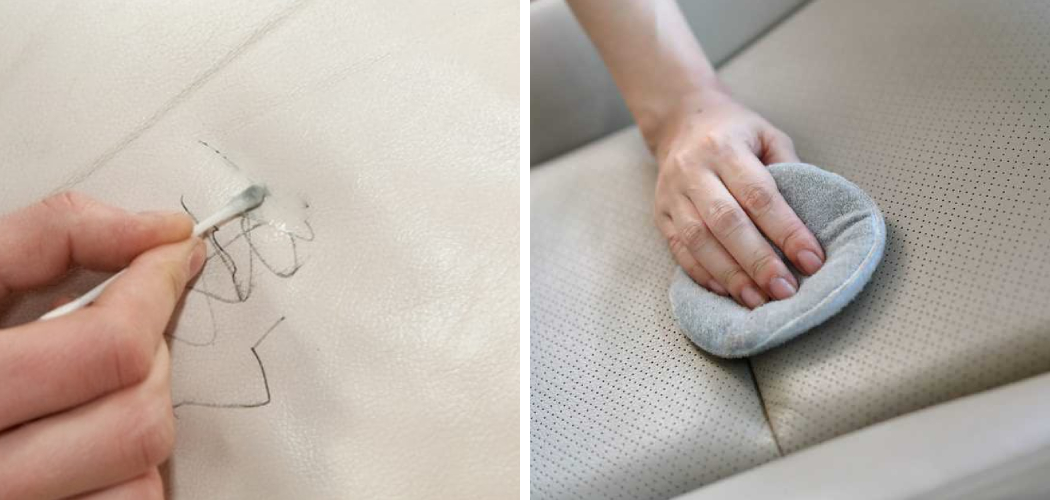When you own a car, you want to keep it looking its best. But sometimes accidents happen, and when they do, it can be difficult to clean up the mess. One common issue that many car owners face is ink stains on leather upholstery. Fortunately, there are several solutions you can try if you need to remove ink from your leather car seats.
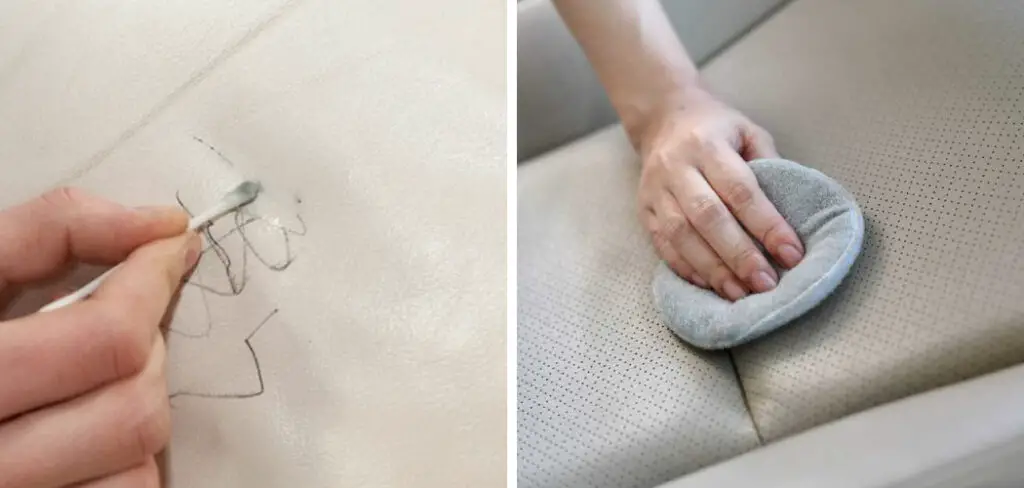
The advantages of removing ink from leather car seats are that it can help restore the seats’ original condition, making them look as good as new. It also helps to protect the material and extend its life. Additionally, cleaning off any ink stains quickly prevents further damage or staining, which may occur if left untreated. Removing ink from leather car seats is also a relatively easy process that doesn’t require special skills or expensive materials. In this blog post, You will learn in detail how to remove ink from leather car seats.
Step-by-Step Processes for How to Remove Ink From Leather Car Seats
Step 1: Inspect the Leather Seat
First, inspect the leather seat to determine if the ink has penetrated through the leather. If so, this means that it is likely more difficult to remove. If possible, use a clean, soft cloth and gently blot up any excess ink from the surface of the leather seat. Do not rub or scrub as this can cause further damage to the leather.
Step 2: Test an Invisible Area
Before using any cleaning solution on the leather seat, test it on an inconspicuous area first. This will help you to determine if it is safe to use without harming the leather. Use a mild leather cleaner or white vinegar and water solution to clean the ink stain.
Step 3: Apply Cleaning Solution
Gently apply the cleaning solution to the stained area using a soft cloth or sponge. Do not scrub hard, as this can cause damage to the leather. After applying the cleaning solution, use a dry cloth to blot the area until it is completely dry.
Step 4: Use an Ink Eraser
If the stain still remains, try using an ink eraser or a Q-tip with rubbing alcohol on the stained area. This can help to remove any remaining ink without damaging the leather. Once you are satisfied with the results, use a leather conditioner to moisturize and protect the leather seat.
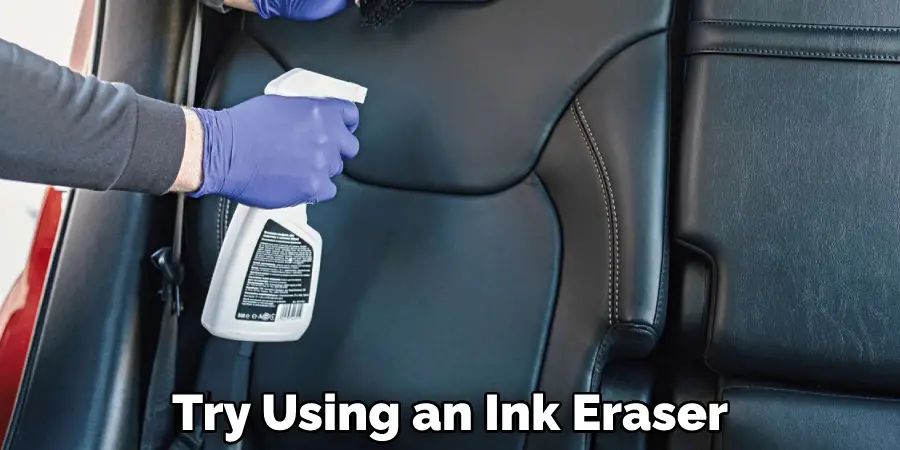
Step 5: Apply Wax or Sealant
To help protect the leather from future stains, apply a protective wax or sealant. This will keep your leather car seats looking new for years. Now that you have successfully removed the ink from your leather car seats, enjoy your clean and shiny leather car seats.
By following these steps, you can easily remove ink from leather car seats. Always test a cleaning solution on an inconspicuous area before using it on the entire seat, and use a wax or sealant for long-term protection.
Safety Precautions for How to Remove Ink From Leather Car Seats
- Choose a mild detergent when cleaning leather car seats with ink stains; avoid harsh chemicals that could damage the surface of the seat.
- Test any cleaning solution on an inconspicuous part of the car seat before using it on the stain to ensure it won’t discolor or degrade the material over time.
- When using a liquid cleaner, work in small areas and wipe the solution away immediately with a clean cloth to avoid over-saturating the area.
- Apply petroleum jelly or other lubricants directly on ink stains before attempting to remove them; this will help break down the ink and make it easier to remove.
- Use a soft brush or cloth to gently scrub the leather car seat where the ink stain is located; avoid using a wire brush as it could further damage the material.
- Allow any cleaning solutions to dry completely before sitting on the seat or moving to another area of the car interior.
- If using non-commercial cleaning solutions, avoid mixing multiple products, as this could have adverse effects on your leather car seat.
- If all else fails, contact a professional auto upholstery to safely and effectively remove ink stains from the leather car seat.
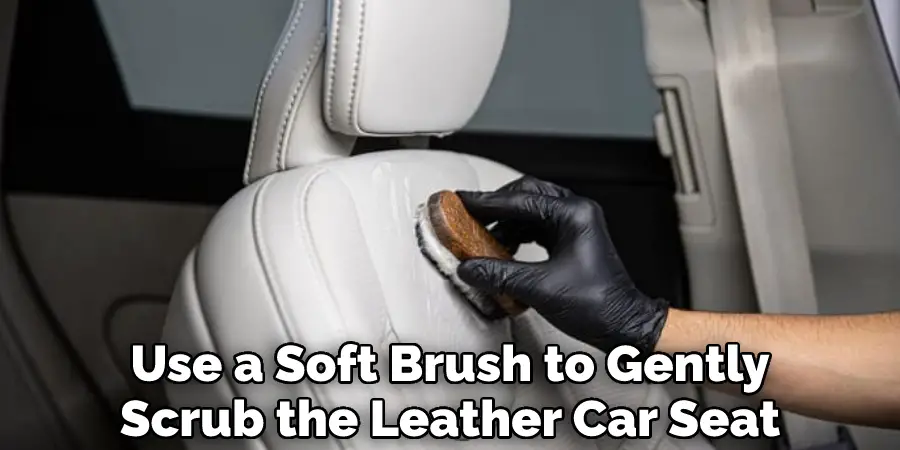
By following these safety precautions when trying to remove ink from leather car seats, you can ensure that you are taking the necessary steps to protect your car’s interior from further damage and maintain its appearance.
Is There a Special Cleaning Solution That Needs to Be Used to Remove Ink From Leather Car Seats?
Yes, several cleaning solutions and solvents can be used to remove ink from leather car seats. The first step is to identify the type of leather in your car seat. Depending on the material, some substances may damage or worsen it. Therefore, it is important to find out what type of leather you have before selecting a cleaning solution. If you have aniline-dyed leather, the best option is to use mild soap with lukewarm water and a soft cloth. Rubbing alcohol can also be used but should not be applied directly to the leather. If dealing with pigmented leather, a stronger solution that contains hydrogen peroxide or bleach can be used.
Be sure to test the solution on an inconspicuous area before applying it to the entire seat. Once you have identified the type of leather and chosen a cleaning solution, use a soft cloth or brush to scrub away any ink stains gently. You may need to apply multiple layers of the cleaning solution and repeat this process until the stain is removed. If any residue remains, use a leather conditioner to restore the original finish of your car seat. Doing so will also help protect it from future ink stains and wear and tear.
What Are the Possible Risks Associated With Using a Cleaning Solution to Remove Ink From Leather Car Seats?
Removing ink from leather car seats can be a tricky process. While several methods can be used to remove ink, such as cleaning solutions and cloths, it is important to consider the risks associated with these methods. Ink stains can soak into the fabric of leather car seats and may not come out easily with everyday cleaning products. Using an aggressive cleaning solution may cause damage to the leather, leaving it discolored or cracked.
Doing so cautiously is recommended when removing ink from leather car seats. It is important to test any cleaning solutions on a small, inconspicuous area of the leather before using it on the entire seat. Additionally, gently blotting at the ink with a cloth may be more effective than scrubbing. Keeping up with regular maintenance and applying protective treatments can help to prevent ink from staining leather car seats. For more information on removing ink from leather car seats, consult a professional cleaning service or speak with an automotive specialist.
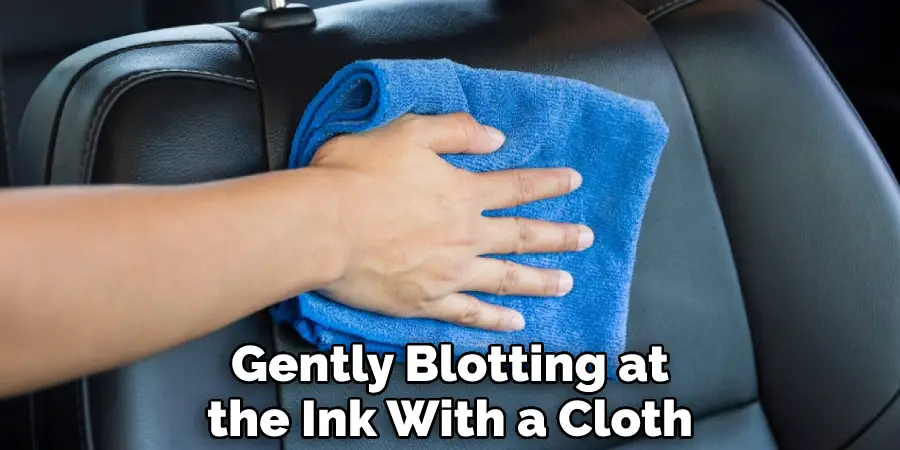
How Often Should the Cleaning Process for Removing Ink From Leather Car Seats Be Repeated?
The frequency of the cleaning process for removing ink from leather car seats will depend on how often the seat is exposed to ink. If a person frequently writes or doodles in their car, then it might be necessary to remove the ink more often than if it’s rarely used. For example, a person who uses their car every day for work and occasionally writes in it might need to clean the seats once a month. However, someone who does not use their car often or uses it for leisure activities might only need to remove ink every few months or on an as-needed basis.
In any case, it is important to inspect the leather regularly. Any visible signs of ink or other staining agents should be addressed as soon as possible before the ink sets into the leather. Additionally, after cleaning the seats with any of the methods mentioned above, it is important to condition and protect the leather to ensure its longevity regularly. This can help keep any stains from forming in the future and keep your seats looking great for years to come.
Are There Any Special Precautions That Need to Be Taken When Attempting to Remove Ink From Leather Car Seats?
Indeed, the leather seats in your car are made of delicate material and require extra special care when attempting to remove the ink. To protect your interior, use an art gum eraser instead of a regular pencil or eraser- this will be much gentler on the leather surface and prevent any accidental damage. When using any solvents, test them on a small, hidden area of the seat first to ensure that they do not cause any discoloration or damage. It’s also important to use the least aggressive solvent possible and work your way up from there if needed.
Using a soft cloth, dampen it with some water and gently rub it on the affected area. This should help loosen any dried ink stains and make removing them easier with a solvent. Afterward, be sure to use a leather conditioner afterward in order to restore moisture to the seat.
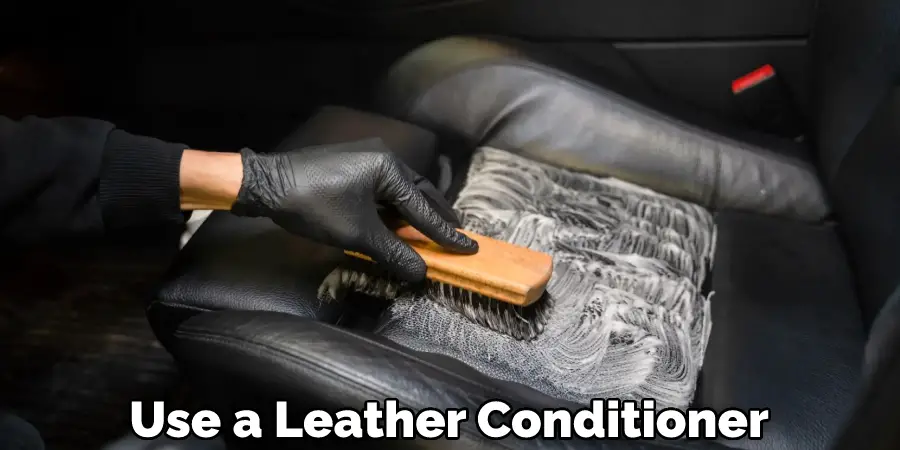
Conclusion
In conclusion, ink can be removed from leather car seats in a few simple steps. First, identify the type of leather and use the appropriate cleaning solution to remove any visible stains. Next, blot the area with a damp cloth until no more ink is visible. Finally, apply a leather conditioner to ensure the seat won’t become dry or brittle over time.
Following these steps should help to effectively clean the leather car seat and restore its original beauty. Remember, never use harsh cleaners or abrasive tools on leather, as it can cause permanent damage. Properly caring for your leather car seats will ensure they remain in great condition for years. I hope this article has been beneficial in learning how to remove ink from leather car seats. Make Sure the precautionary measures are followed chronologically.

